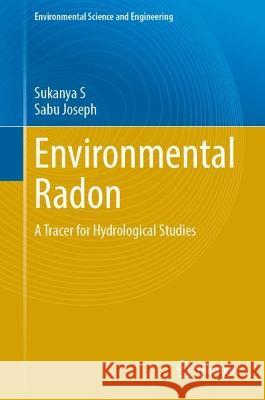Environmental Radon » książka
topmenu
Environmental Radon
ISBN-13: 9789819926718 / Angielski / Twarda / 2023
Environmental Radon
ISBN-13: 9789819926718 / Angielski / Twarda / 2023
cena 605,23 zł
(netto: 576,41 VAT: 5%)
Najniższa cena z 30 dni: 578,30 zł
(netto: 576,41 VAT: 5%)
Najniższa cena z 30 dni: 578,30 zł
Termin realizacji zamówienia:
ok. 22 dni roboczych
Bez gwarancji dostawy przed świętami
ok. 22 dni roboczych
Bez gwarancji dostawy przed świętami
Darmowa dostawa!
This book presents state-of-the-art techniques on radon (222Rn) in the environment, including measurement techniques in air, soil and water and its potential applications to various hydrological investigations, especially for water resources development and management. The future directions of its use are also discussed.
As a radon tracer can be used to solve hydrological issues, the highlights of this book are useful for stakeholders to achieve UN Sustainable Development Goal 6, which addresses the sustainability of water resources. The most relevant target audiences are hydrologists, hydrogeologists, geologists, environmental scientists, nuclear physicists, hydraulic engineers and academicians, among others. This book also covers health implications of radon and mitigation strategies, thus creating a valuable resource for health physicists working on environmental radiation safety as well.











